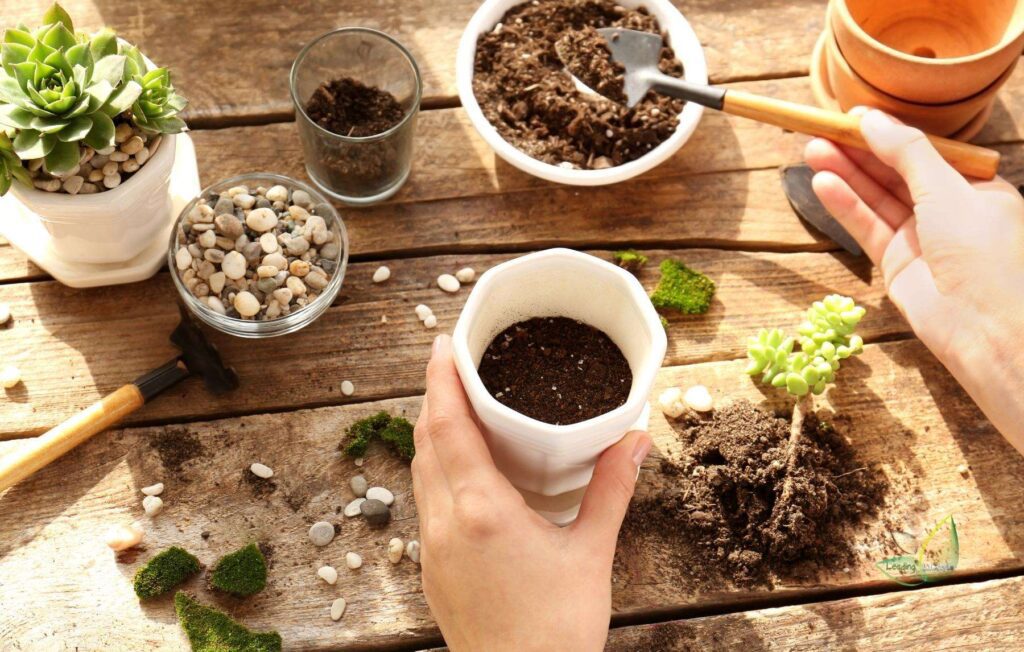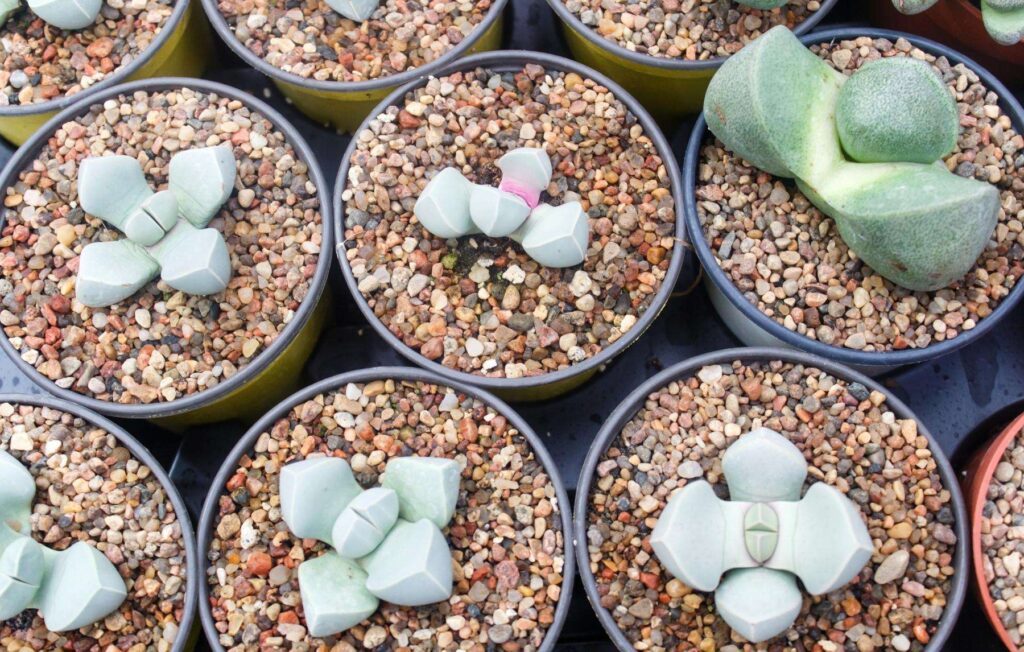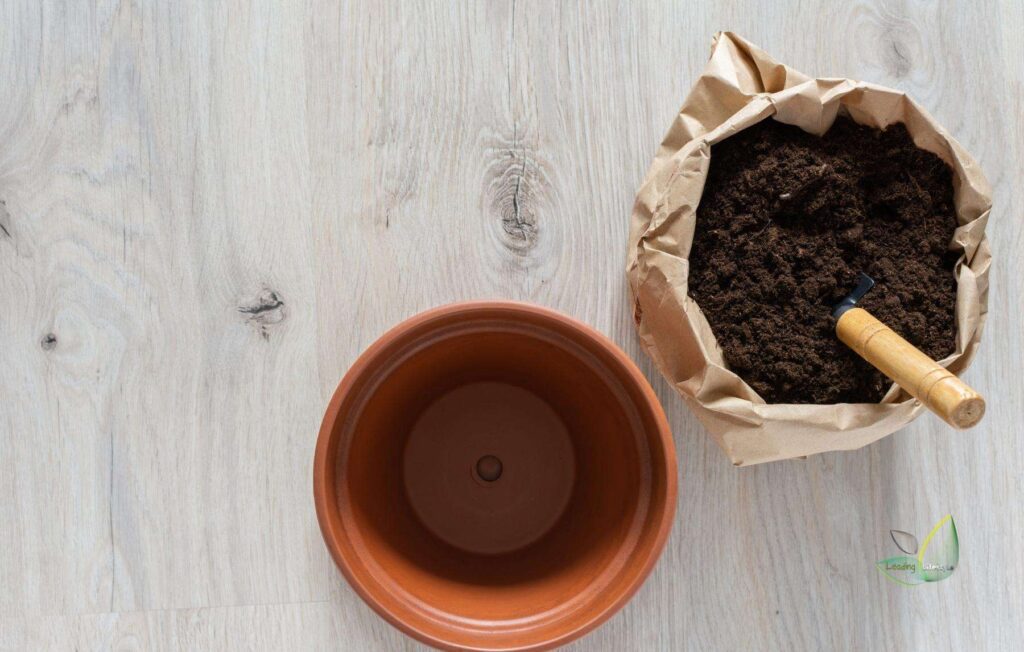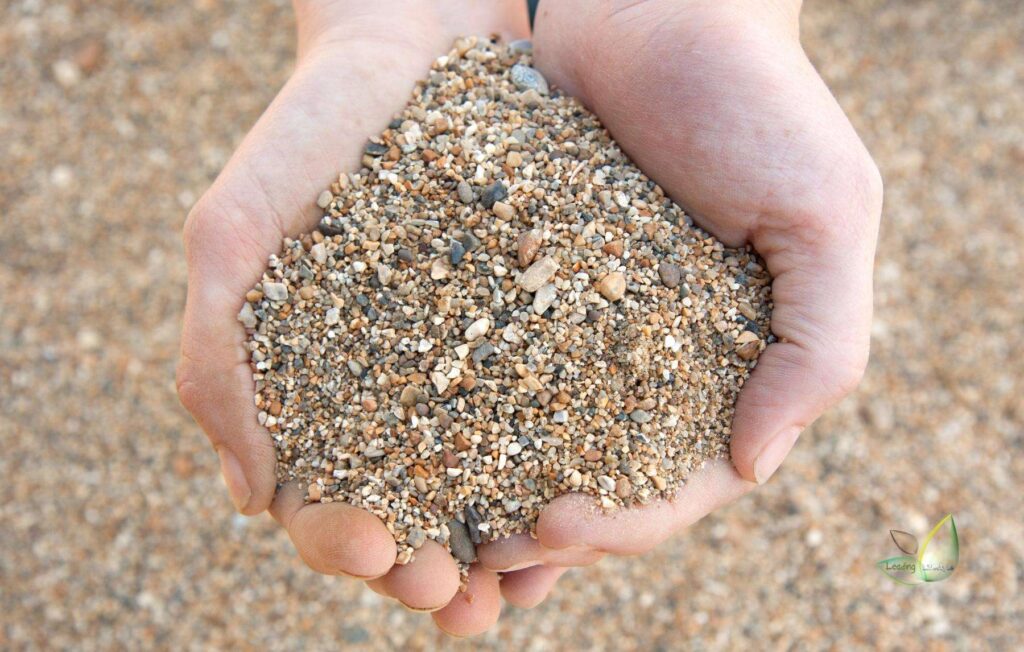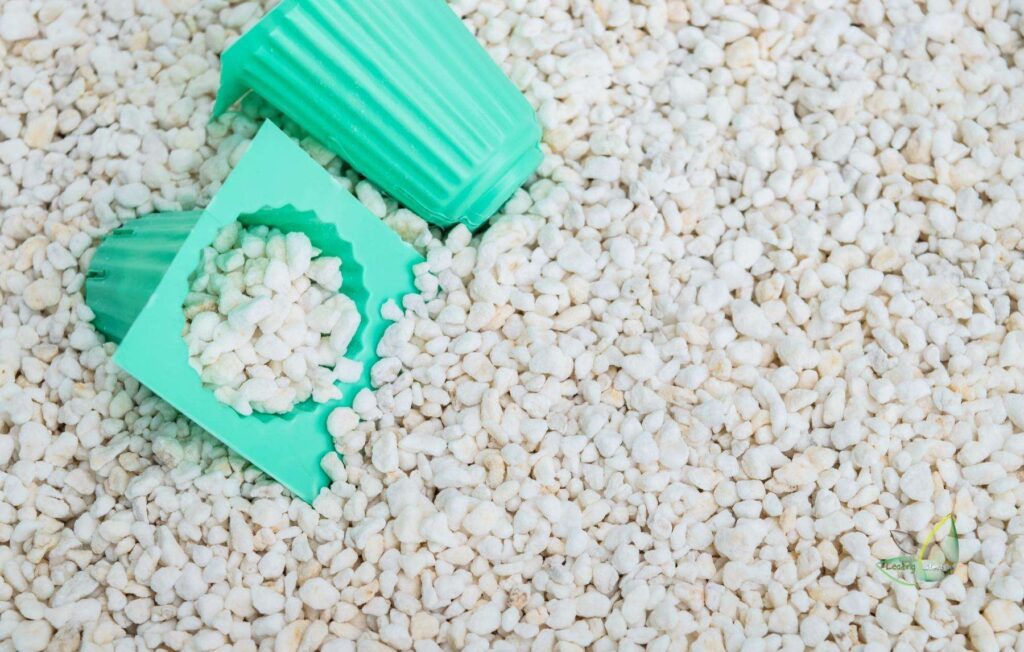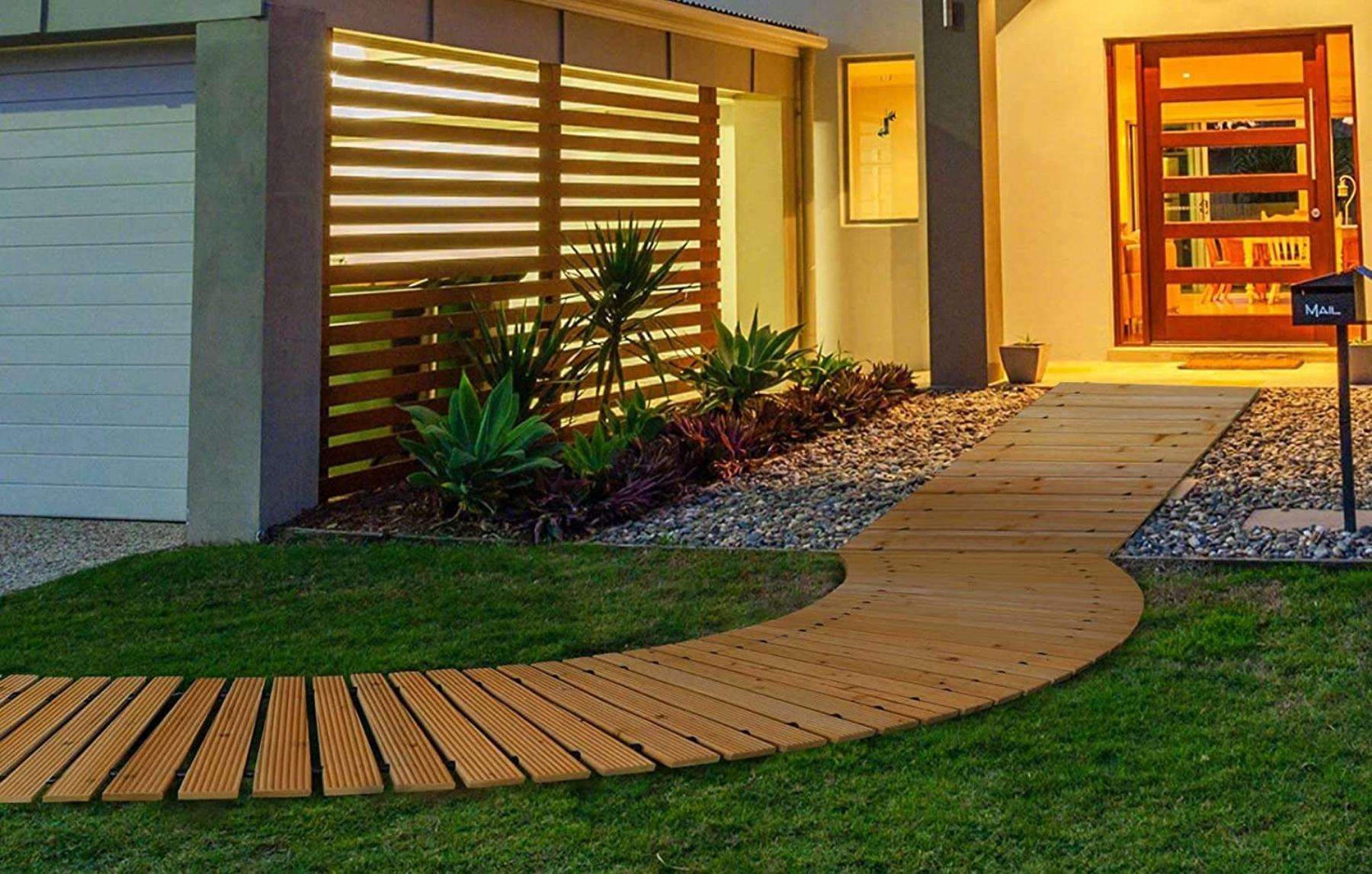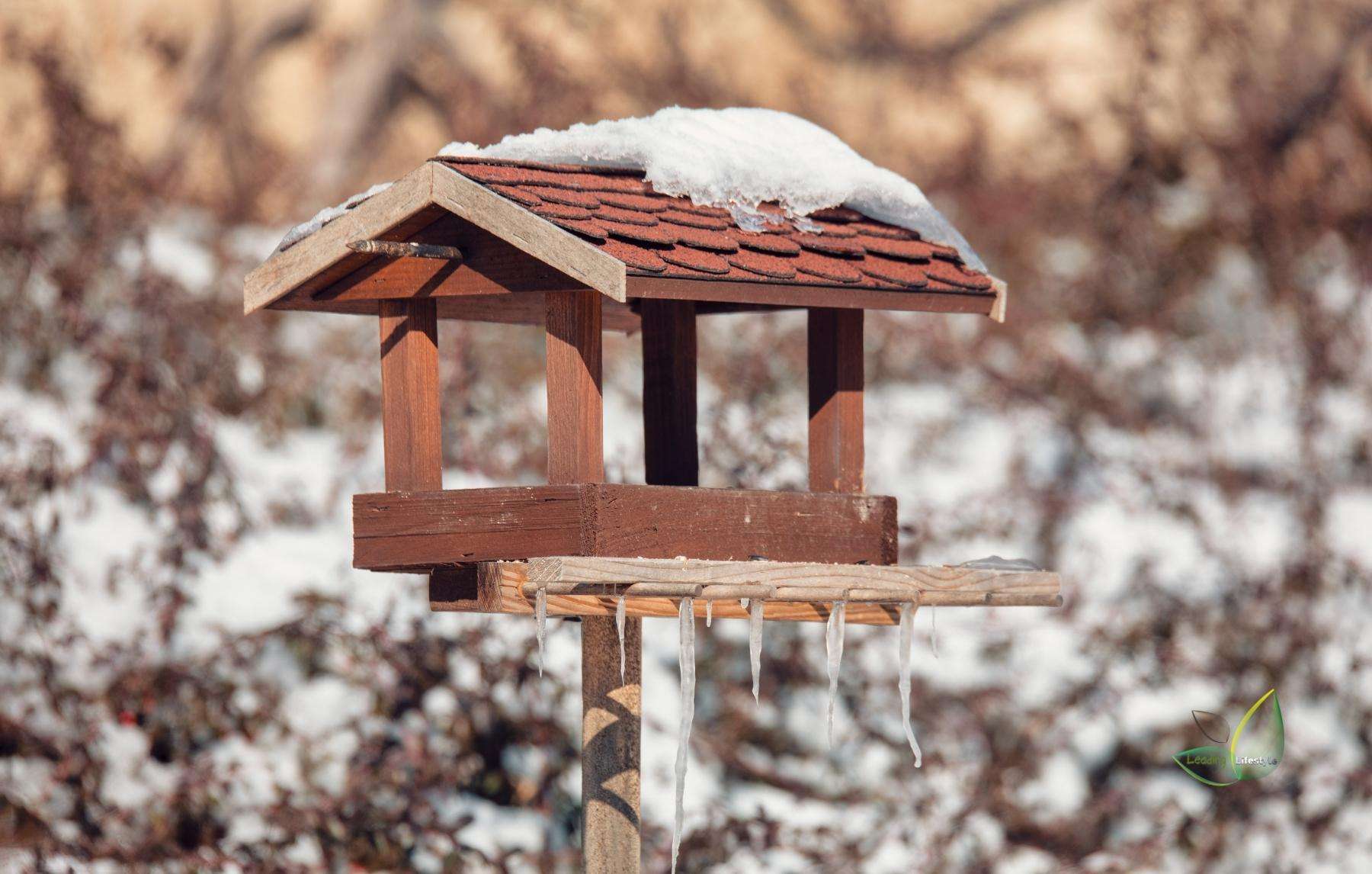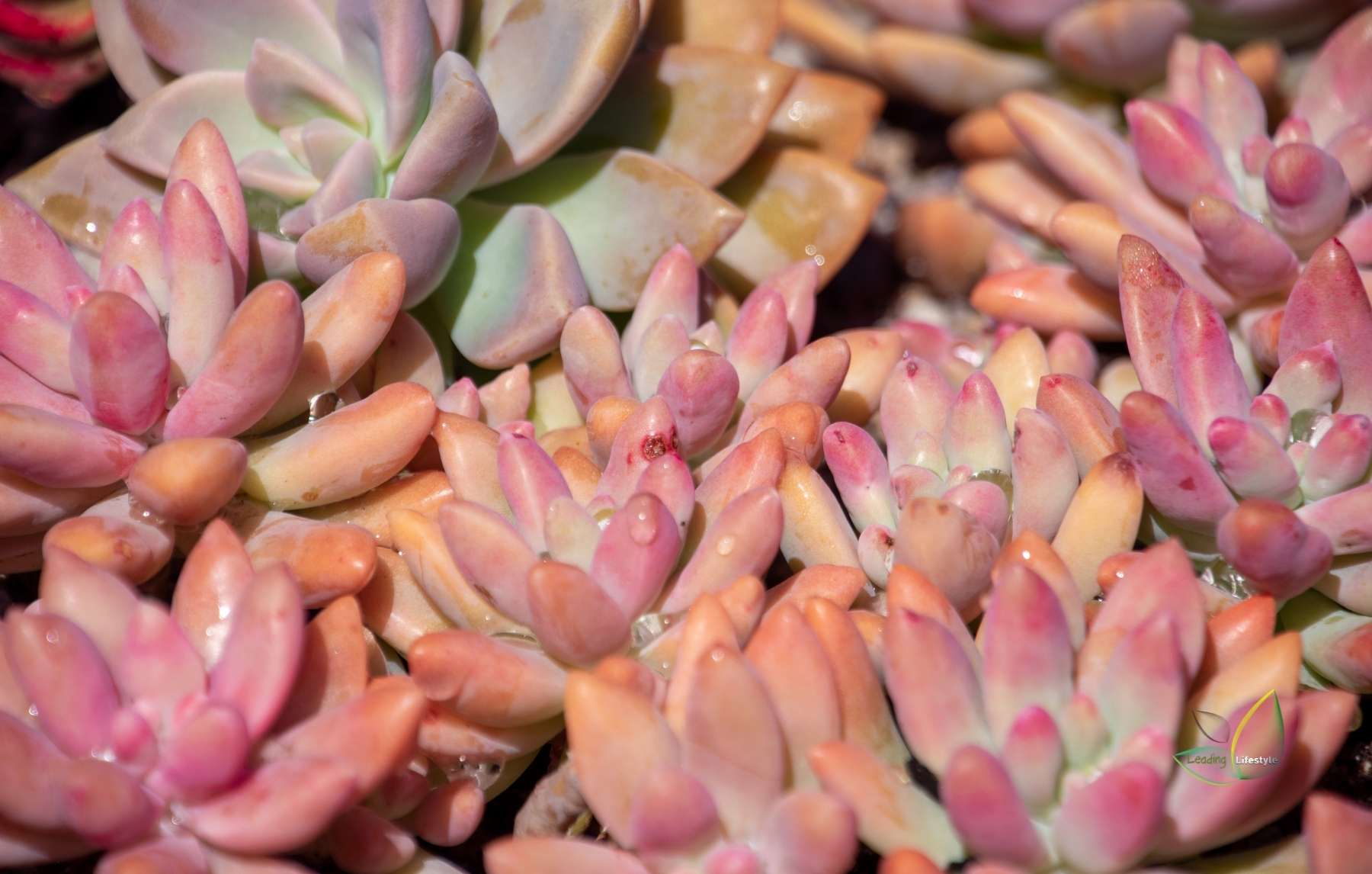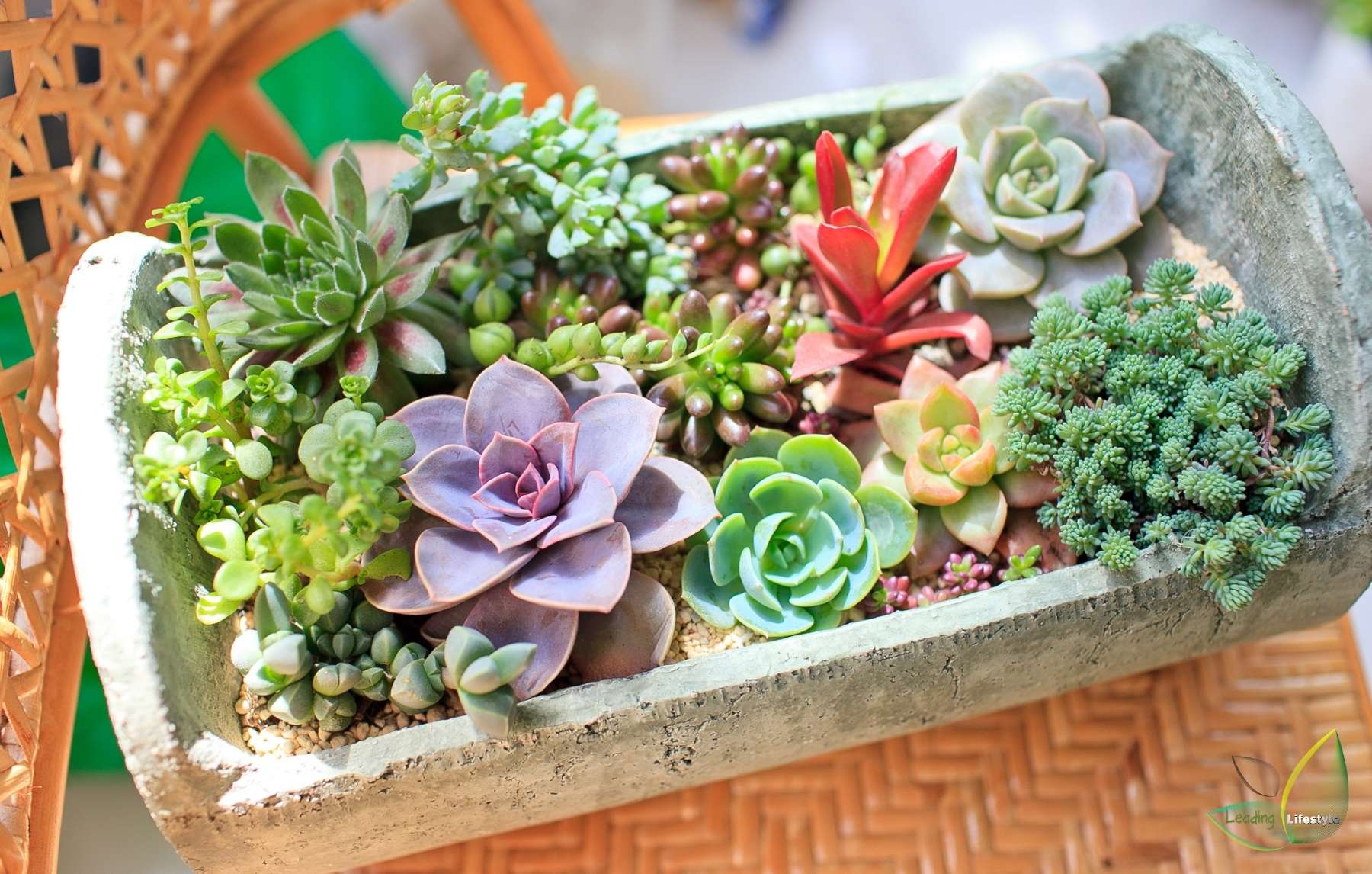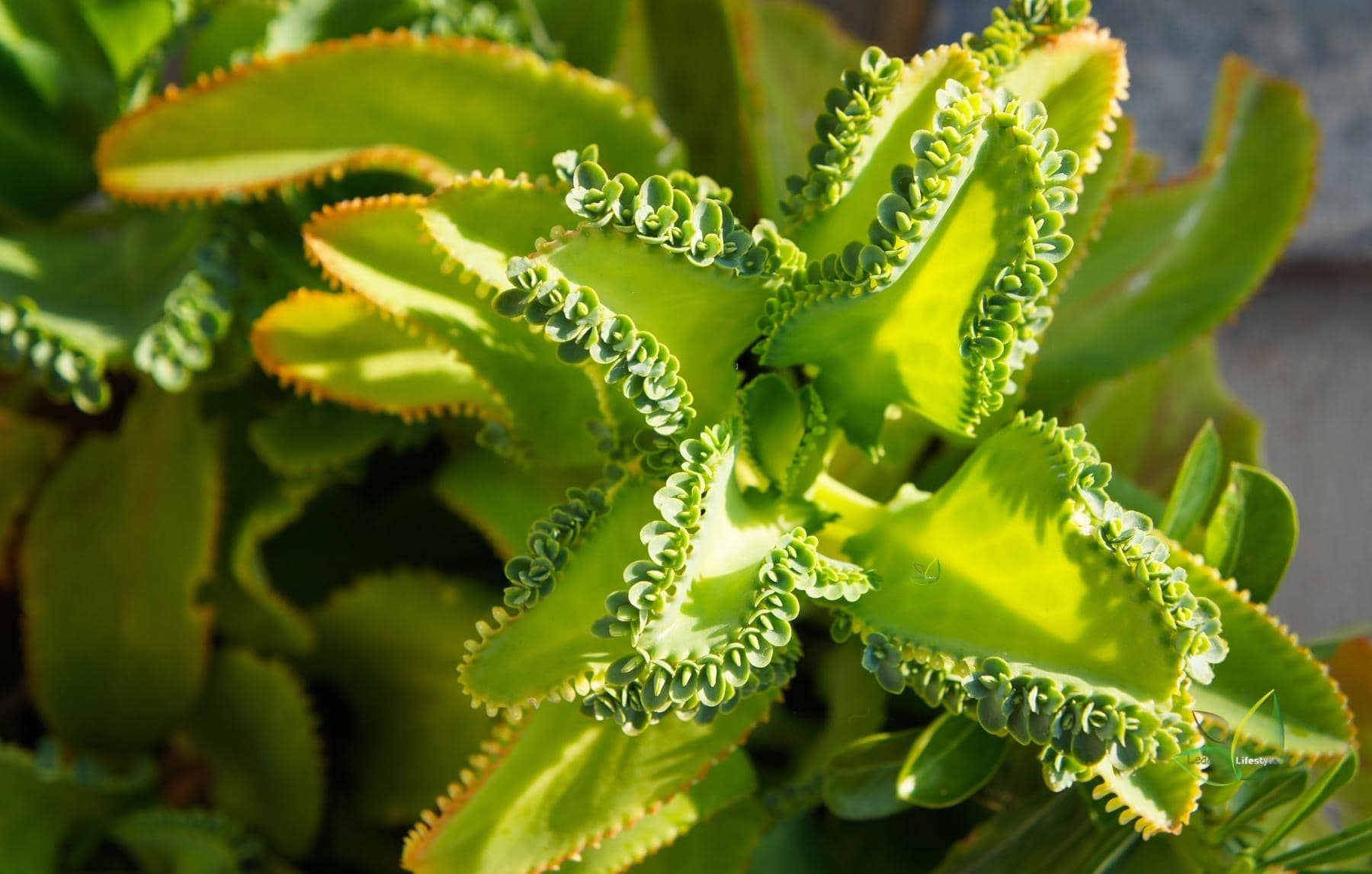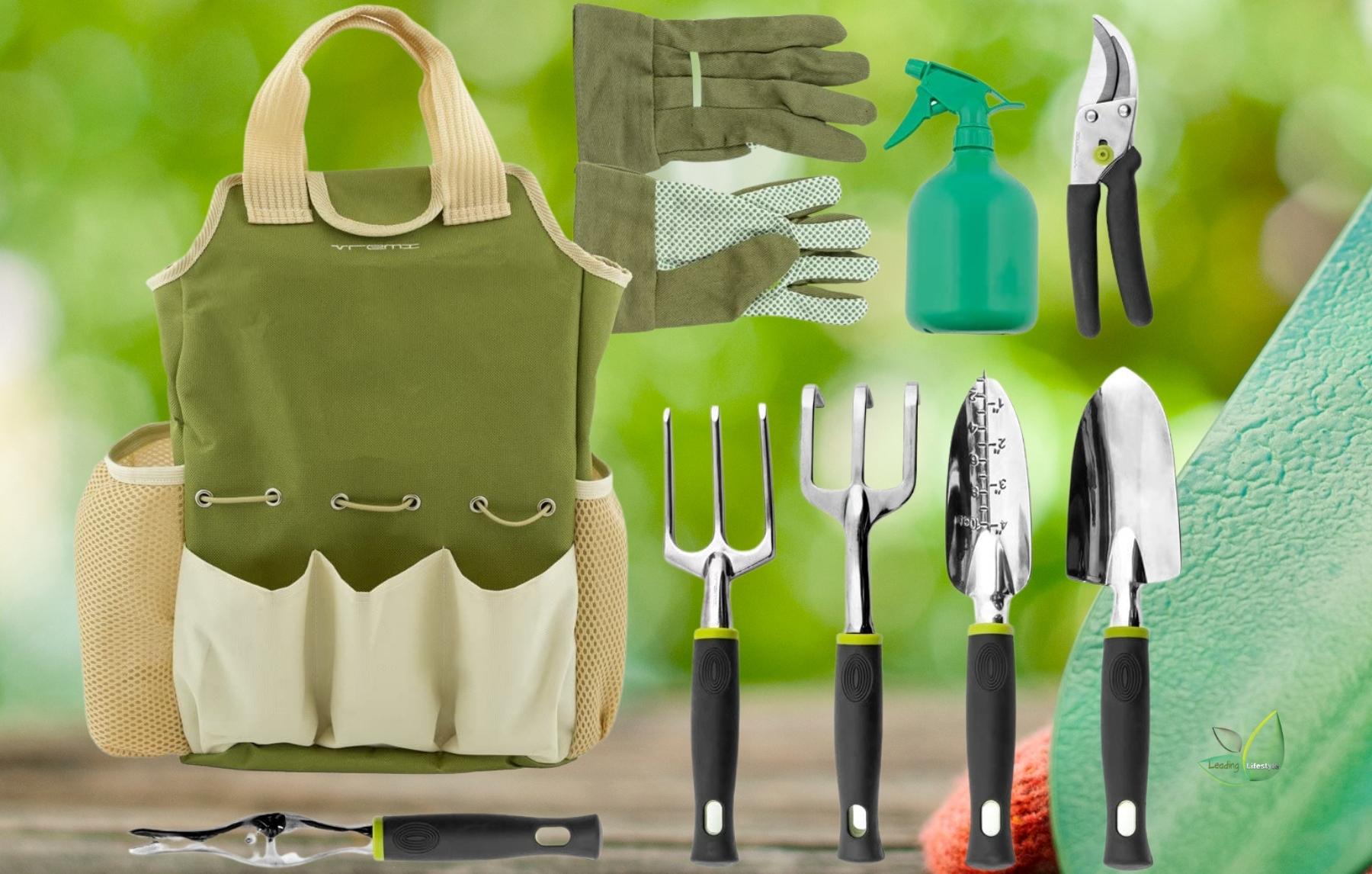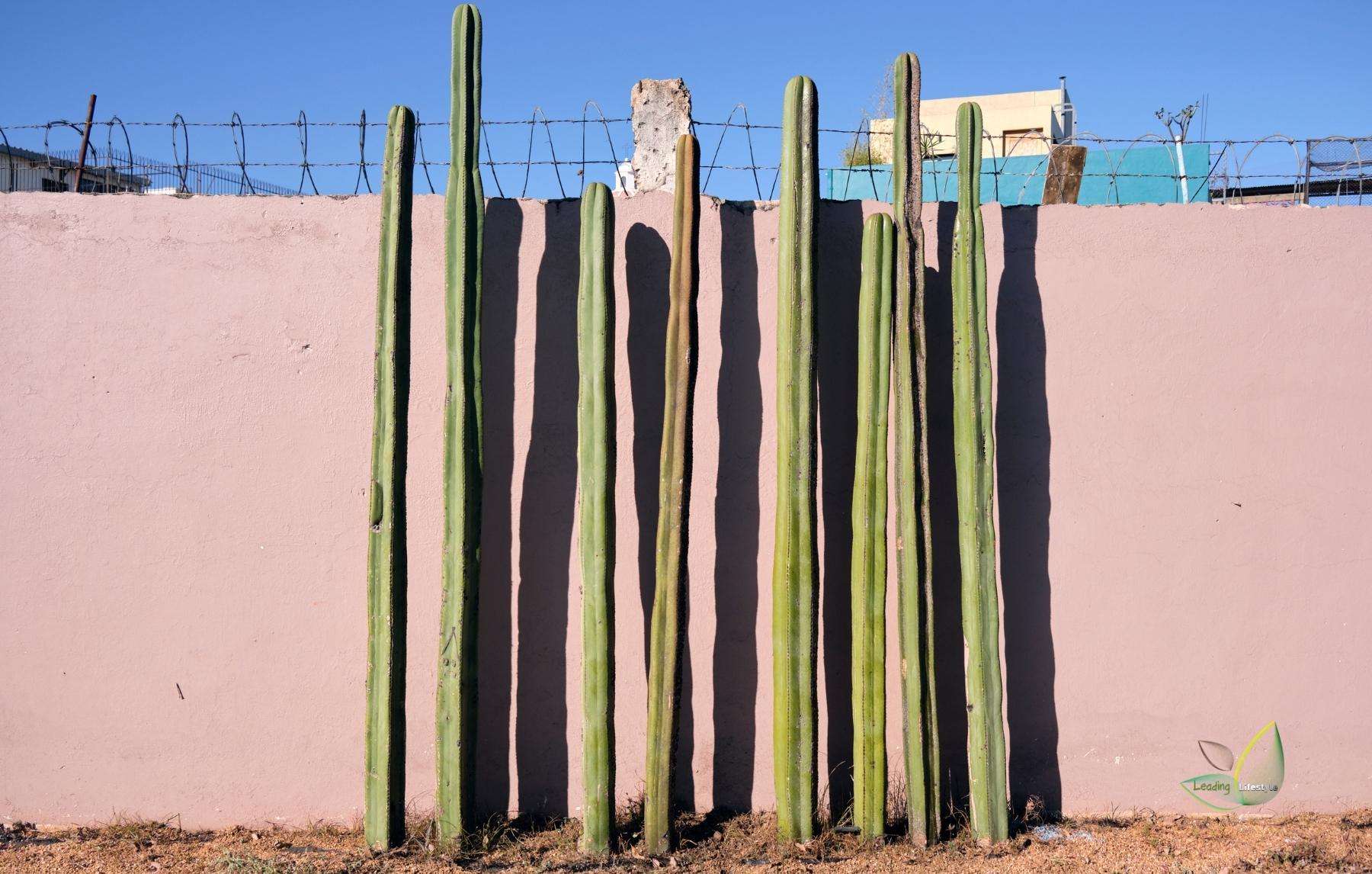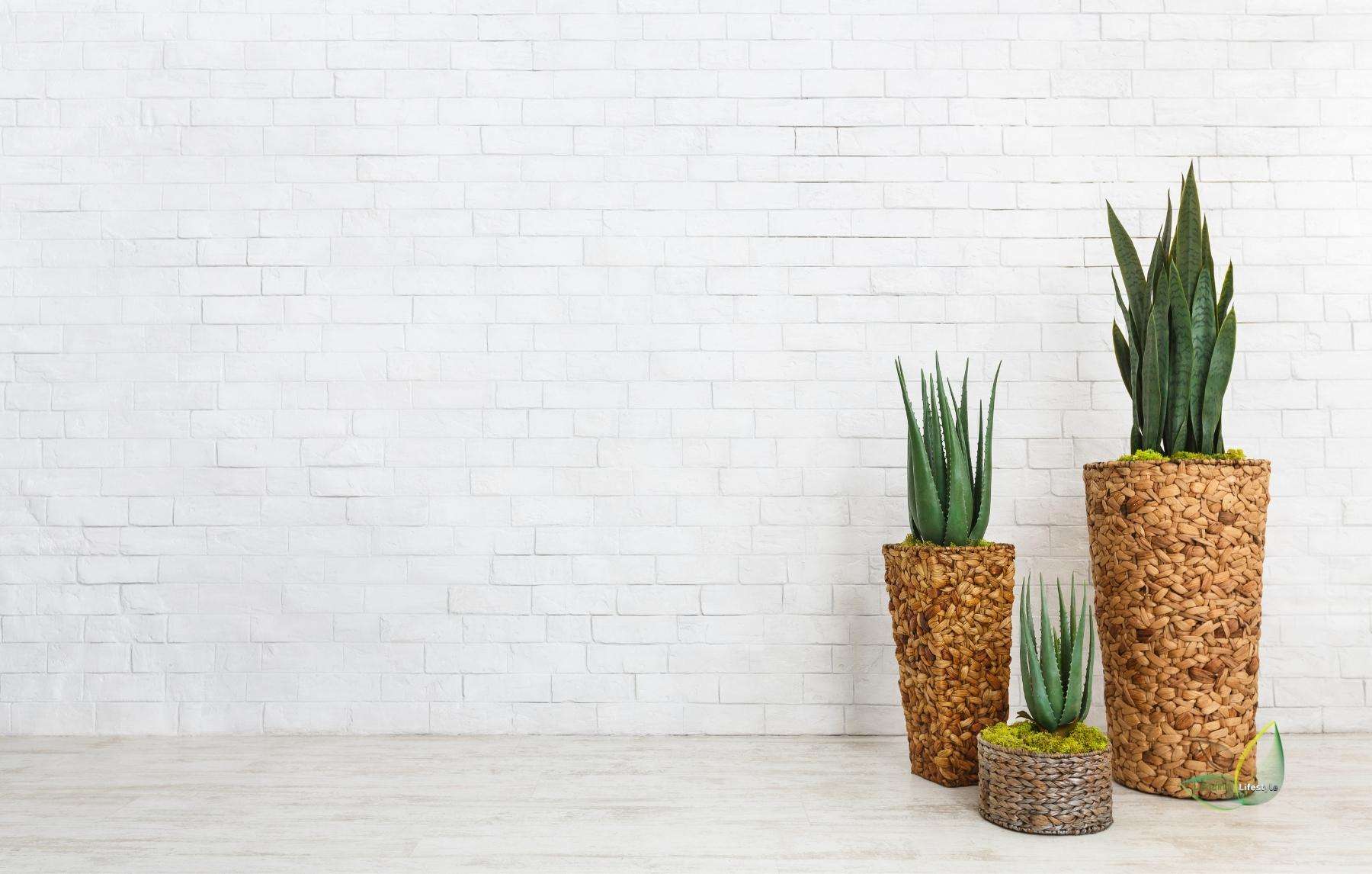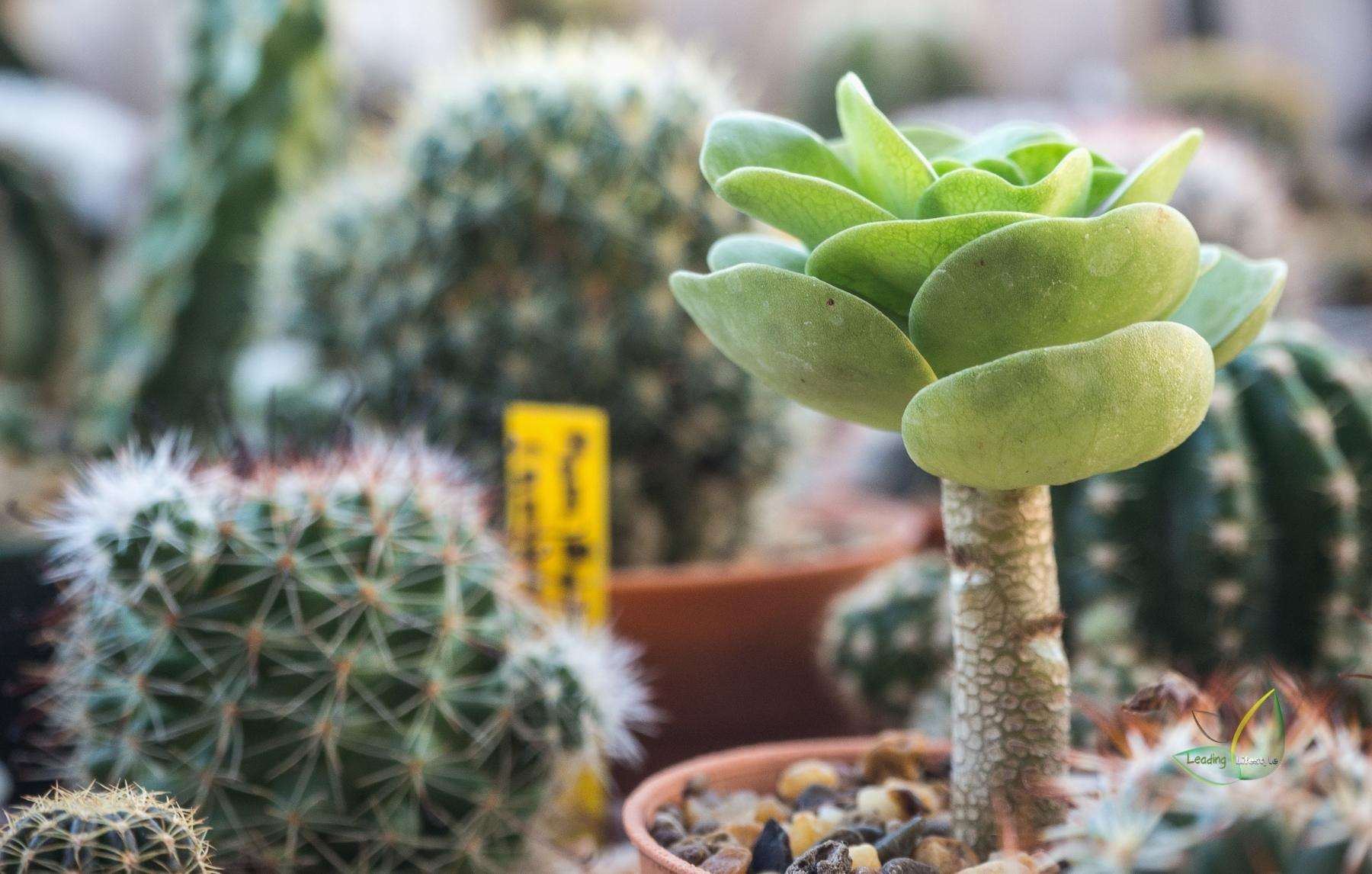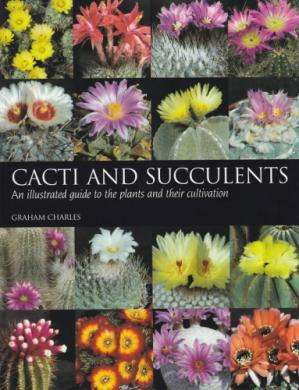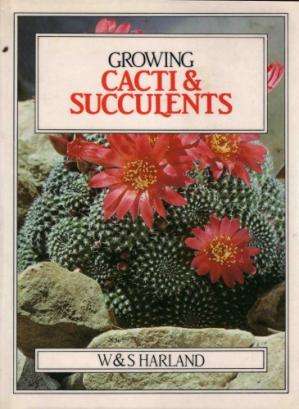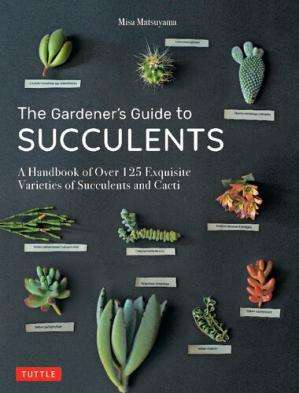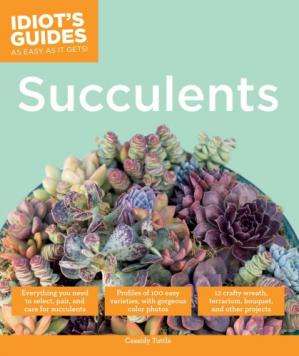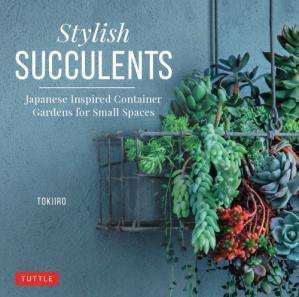After many years of experimentation and failure, we discovered the perfect recipe for potting soil for succulents.
Using this simple recipe, you can make the best soil for succulents in pots. We’ll share our recipe for succulent soil and demonstrate how to make it precisely in this post.
The best potting soil for succulents
Selecting the proper potting soil for succulents in containers is critical! When readers contact me about succulent problems, most of them are caused by overwatering.
Overwatering is the leading cause of succulent plant death, so it is critical to use the proper type of soil when planting succulents.
A well-draining soil mix is the ideal potting soil for succulents. Use a good potting soil mix for succulents to keep them from getting too wet. This way, you won’t have to water them too much.
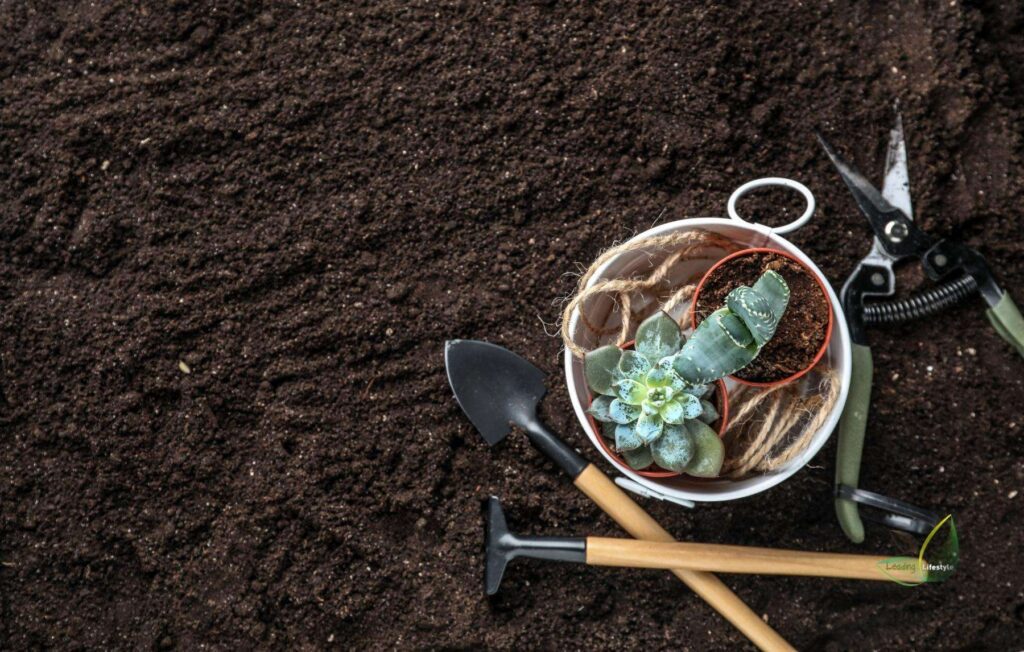
How to Make Potting soil for Succulent
While no two gardeners use the same succulent potting mix, they all begin with the same essential ingredients that assist plants in retaining a small amount of moisture and fertilizer while allowing excess water to drain quickly.
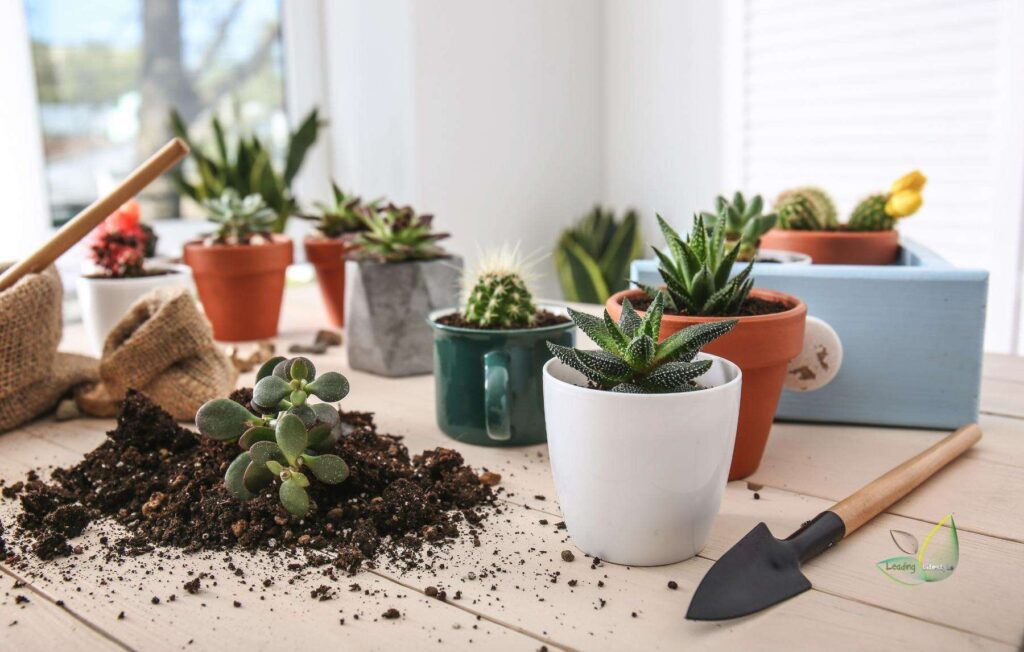
Succulent soil isn’t the same for everyone. For years, no two succulent growers used the same potting soil.
Try to get the world’s best chefs to agree on how to make homemade biscuits. Even though they all use the same basic ingredients, each has their own special twist.
They mostly work. Consider the origins of succulents and cacti: dry areas that receive a little rain at the same time every year. Succulents have learned to grow with very little water. When they need water, their roots quickly absorb it.
There are plants that store water for weeks or months. You might imagine deserts, rocky mountainsides with weathered grit, and jungles with bare branches on trees.
Succulent soil is usually different from garden soil. Or the plants die. In order to grow succulents, you need soil that supports the plants, retains moisture and nutrients, and drains well so that rainwater doesn’t rot the plants.
For example, cold-tolerant Alpines, tree-dwelling epiphytes, and desert plants require different types of succulent potting mix.
For example, experts mix up different mixes to better fit different plant types, climates, water requirements, and even container sizes.
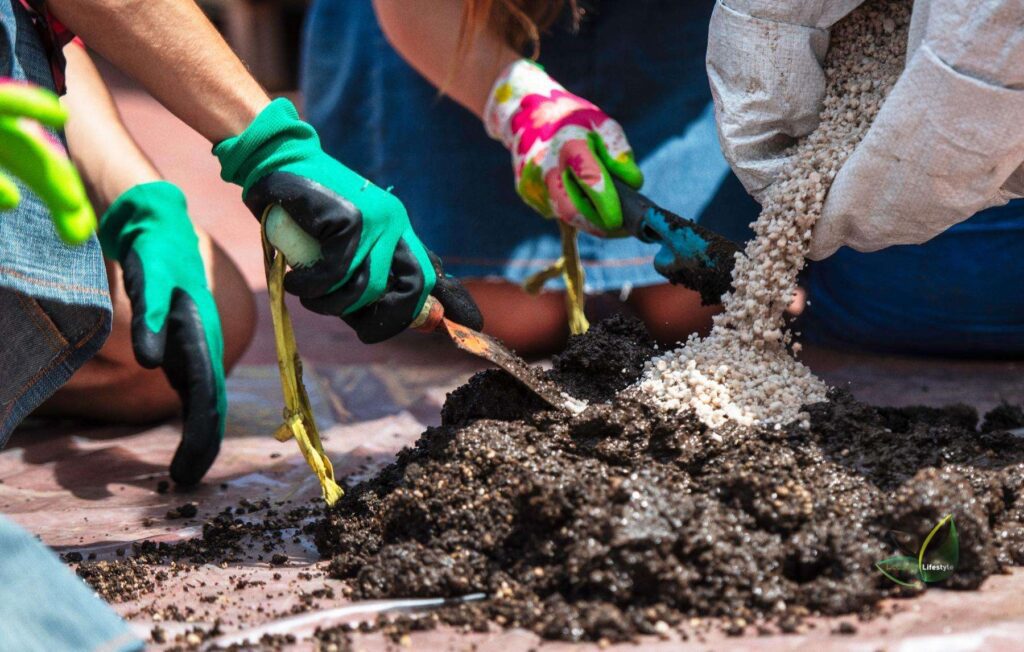
Succulents are having a moment right now because they’re pretty, and they’re known for being easy to grow. Keep them happy with these tips.
Here are some basics and a few ideas for how to start coming up with your own:
Ingredients
You should use soil made up of cactus and succulent soil and soil made up of African violets. This mix is widely available. Then add more ingredients to find one that’s easy to water, drains well, and doesn’t compact.
Organic matter is important in succulent potting mixes, but it’s not the only factor. The main ingredient in most soils, peat moss, dries out quickly. Add some finely ground bark to help water penetrate the soil faster.
You can make your own mixes if you want to.
Coir can be used in place of peat moss to make them. A substance called “coir” is made of coconut husks that have been cut into small pieces. It takes a long time to break down. When it’s wet, coir dries quickly.
The peat gets hard when it dries out. Compost is also an option, but it breaks down quickly.
Second, an inorganic substance allows water to soak into and drain from the soil quickly. This keeps the mix crumbly. Instead of coarse sand, you can use perlite, crushed granite, or pumice.
You can also use non-soluble cat litter. This will dramatically improve drainage and not degrade as the organic material does.
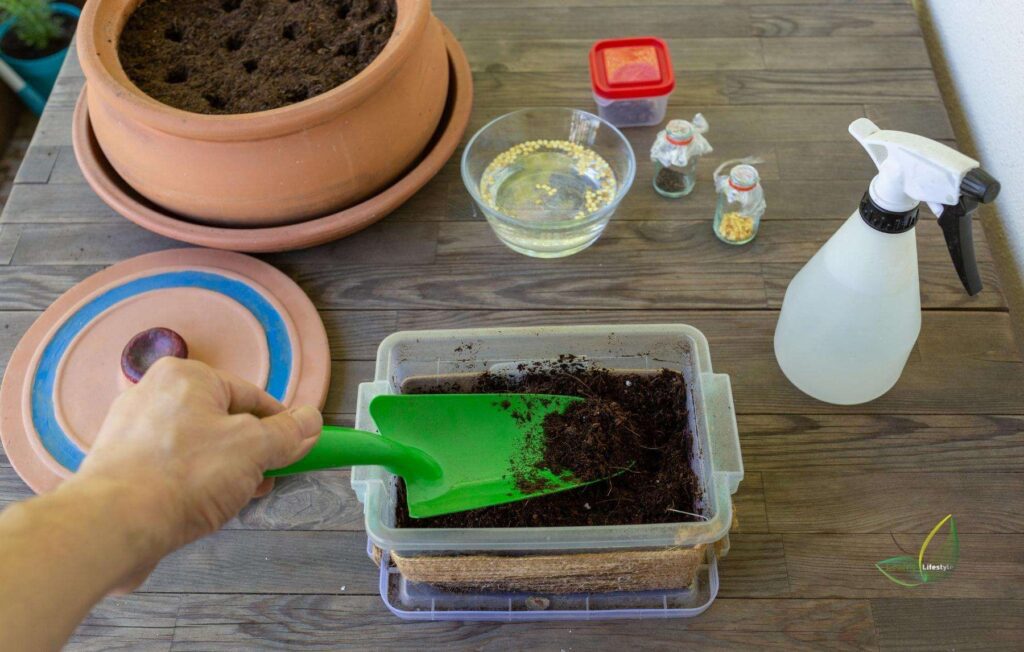
The Mix
Combine organic and inorganic potting soil. Small succulents like Aloe, Crassula, Sansevieria, Sedum, and Sempervivum require more drainage than larger succulents like Agaves, Yuccas, and Opuntia.
After mixing the ingredients, wet some of it and squeeze it into a ball. Add more of the inorganic drainage material if it starts to compact and stick together so that it doesn’t drain as well as your plants need. When you’re done squeezing, the wet mix should crumble easily when you let go of it.
Again, no two gardeners’ mixes are alike, and yours may change over time. This basic approach will not fail you.
Succulent potting soil is unique to each gardener. Still, they all start with the same basic ingredients that help plants retain moisture and nutrients while letting excess water drain quickly.
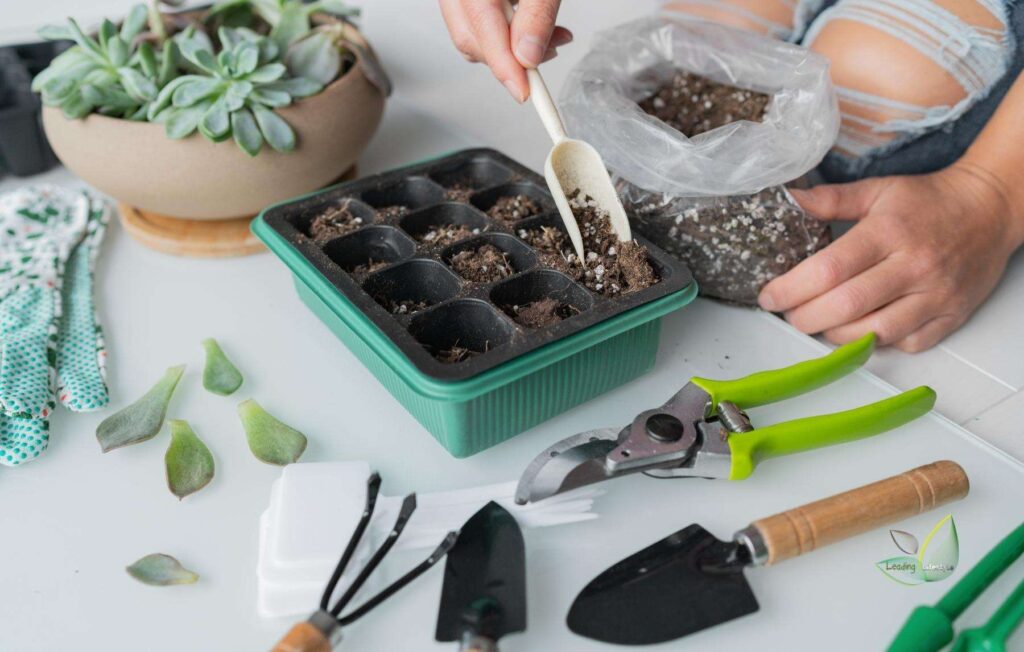
The Benefits of Creating Your potting soil for succulents
A homemade soil mix is less expensive, and you have more control over what goes into it.
Making your own bulk mix is less expensive than buying commercially prepared succulent soil.
You can customize this recipe for succulent soil to your exact specifications because you have complete control over the ingredients.
DIY potting soil for succulents
To make succulent potting soil, you need only three ingredients, which are readily available at any garden store or home maintenance shop that sells potting soil:
- Potting soil
- Coarse sand (turface or poultry grit also works well)
- Perlite or pumice
Potting Soil (All-purpose)
Regular potting soil will suffice as a foundation for your succulent soil. Utilize whatever is readily available (as long as it is fresh and sterile).
When creating a succulent potting mix, it’s best to start with a light, porous one.
Ensure that you don’t use heavy garden soil, mixes that have vermiculite in them, or any other type that claims to be better at controlling water or keeping water in. Succulents require potting soil that drains well, not one that retains moisture.
Related: The Secret Of Best Soil For Succulents
Coarse Sand
If you want your succulents to grow well, you should add sand to your potting soil.
You can use any sand, but we recommend purchasing coarse sand rather than fine sand to ensure proper drainage for succulents.
Avoid using sand from a garden, a beach, or a sandbox.
If you don’t want to use turf or poultry grit, you could use something else. You could make this recipe with either of those two things.
Perlite or pumice
When adding organic matter to the soil, perlite is among the lightest. They resemble Styrofoam, a common ingredient in commercial potting mixes.
In addition to helping succulents drain more efficiently, perlite also prevents soil from becoming compacted. To put it another way, it aids drainage, which is exactly what we’re looking for in our succulent potting soil.
Supplies Needed:
Along with the ingredients for your succulent potting mix, you’ll need a few additional supplies to assist you in measuring and mixing your ingredients. Then, get these things before you start.
- Measure pot.
- Trowel.
- container to mix it. (You can use a bucket to mix it.)
Supplies needed to make DIY succulent soil:
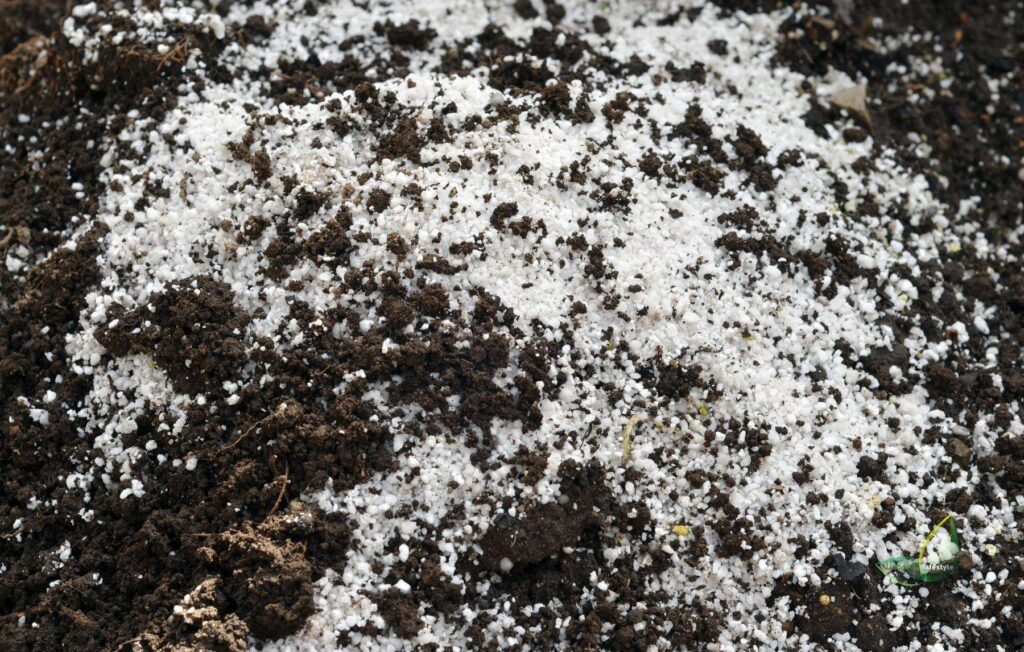
DIY Potting Soil For Succulents Recipe
The recipe for the soil for succulents:
- 3 parts potting soil, 3 parts
- 2 parts of coarse sand (turface or poultry grit).
- 1 part perlite (or pumice) and 1 part water.
“Part”: What is “part”? (–) A “part” is just a general way to figure out how much potting mix to add to your soil. You can use whatever you want to measure your ingredients as long as you use the same type of measure for each “part.”
Measure one part with a scoop, double it for two parts, triple it for three parts. This is 3 cups potting soil, 2 cups sand, and 1 cup perlite by cup measure.
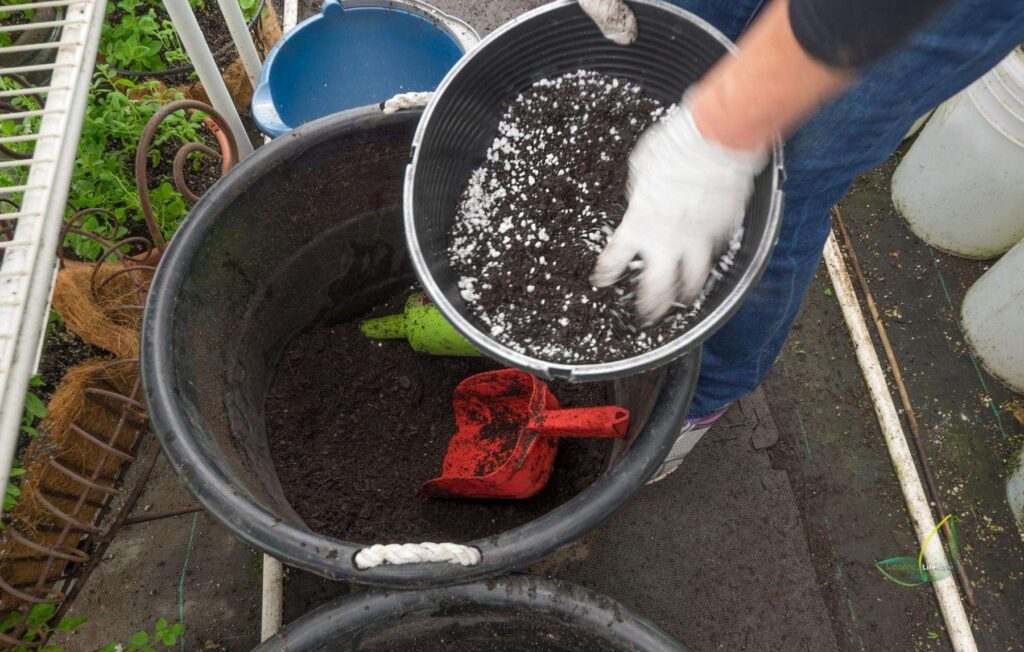
Potting Soil Mixture For Succulents
Making your own potting soil for succulents is a cinch. You can use a bucket, potting tray, wheelbarrow, or whatever else you have to mix it all up in your mixing container.
Hands-on mixing is also an option. As soon as you’re done, go back and double-check that everything is well combined.
Just that. If you’ve read this far, you’ve already learned how to make potting soil for succulents.
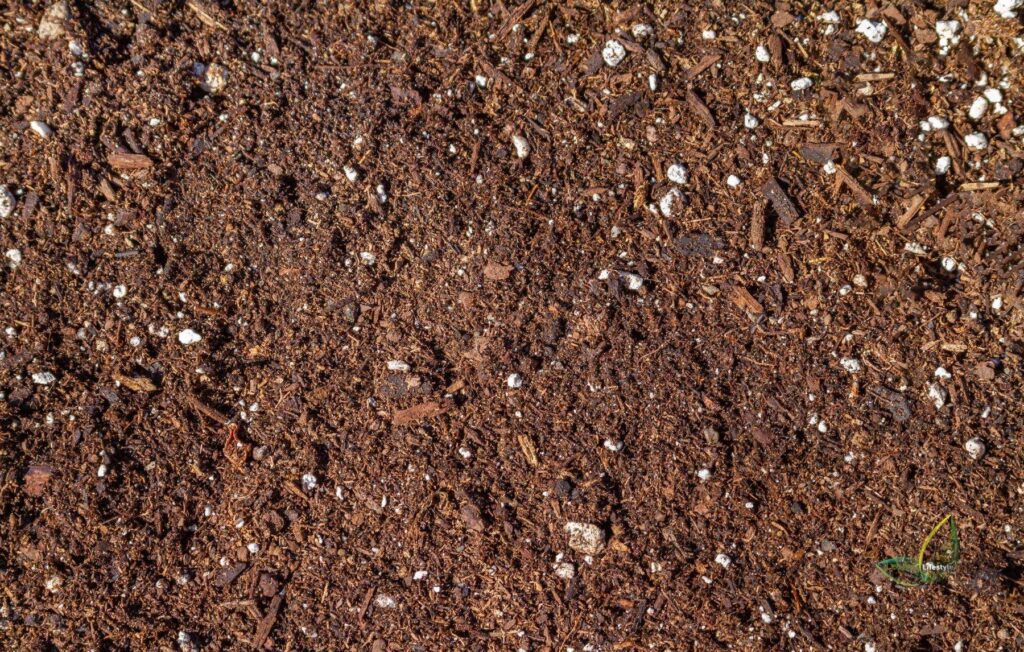
A Storage Place for Your Potting Soil for Succulents
What we like best about making my own DIY succulent potting soil is making a large batch and storing the leftovers later. Store succulent soil in your basement, garage, or garden shed on shelves to keep it fresh.
You could prepare a batch in advance and store it in a plastic bucket in the garage for later use, ensuring that you always have succulent soil on hand when you need it.
For your succulent potting mix to stay fresh, keep it in an airtight container at all times. Pesky bugs don’t belong there.
Buying one of these lids for a five-gallon bucket is a good idea if you don’t have an airtight container you can use.
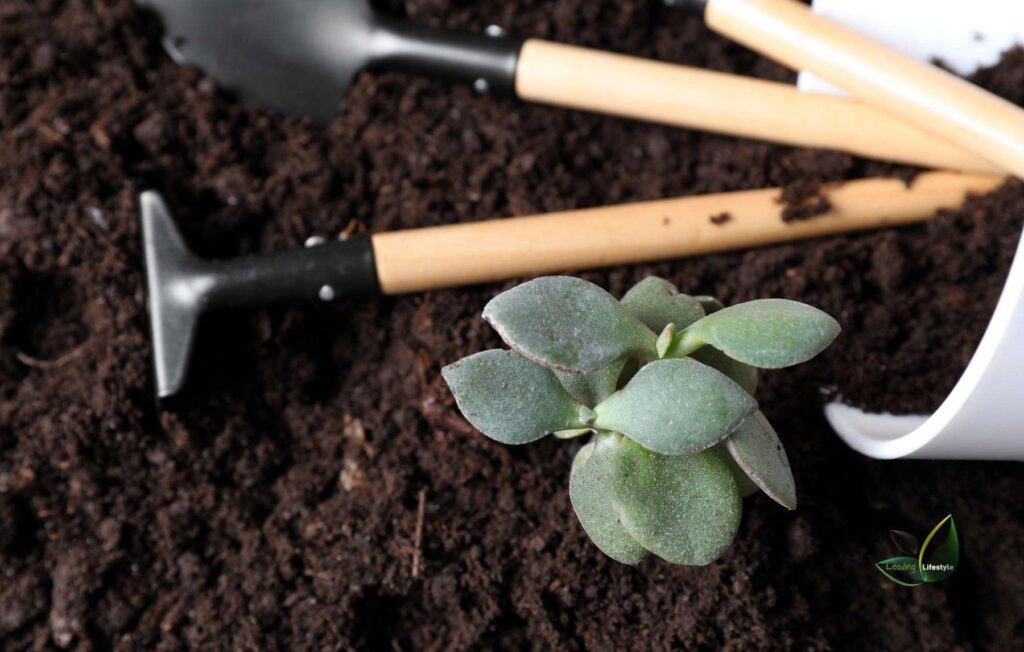
FAQs
This section will address several frequently asked questions regarding succulent soil. Feel free to post your question in the comments section below if you’re still stuck.
Can regular potting soil be used for succulents?
Succulents could certainly be grown in regular potting soil. It may work perfectly well, especially if you go long periods without watering or if your plants are small. Ensure, however, that the soil dries completely between waterings; otherwise, the plants will rot.
What Happens If Succulents Are Planted in Ordinary Potting Soil?
Regular potting soil increases the risk of overwatering succulents. When the soil is too wet, it can quickly kill your succulents and make them rot.
How is Succulent soil different from regular potting soil?
Succulent soil differs from regular potting soil in that it contains different ingredients and has a different consistency. Suppose you use regular potting soil made out of organic materials that keeps water in. On the other hand, succulent soil consists of small pores that let water quickly drain away from plants.
Which potting soil should I use?
Potting soil is an important part of a plant's life.
It gives plants the nutrients and water they need to grow, and it helps the roots of the plants stay healthy and strong.
There are a lot of different types of potting soil:
- The sphagnum peat moss, sand, perlite, vermiculite, or wood chips in this type of soil quickly soak up water and keep the soil moist.
- This is the second thing you should use. Coco coir has a lot more fiber than peat moss, and it can hold water very well while still allowing your plants to get good drainage.
- Vermiculite: Vermiculite is good for aeration, but some plants may not grow well in it.
What is potting soil, and why is it good for succulents?
If you use organic potting soil, you can plant and grow plants in it. People make it out of compost, peat moss, vermiculite, sand, and other things. Root rot can happen if the plant gets excessive water; you can prevent that with this product.
What is the best potting soil for succulents?
We can only answer this question if you have a firm grasp of the fundamentals of potting soil. Is it better to use a specific kind of potting soil? As a final question, how do you go about choosing high-quality gardening soil? Mineral-based materials make up the majority of plant-growing soils. This mixture includes peat moss, vermiculite, perlite, and other additives.
Do succulents need a special potting mix?
Succulents are a type of plant frequently used as an ornamental in home gardens. They don't need soil because they have small leaves and stems that store water in their fleshy tissue. Succulents are commonly thought to benefit from special potting soil, but this isn't the case. Succulents can be grown in a standard potting mix.
Can you repot succulents in regular potting soil?
Although they can thrive in any environment, succulents require very little water and nutrients to thrive. They can also be grown in a small amount of space. While some succulents can thrive in potting soil that is too wet, others will struggle to thrive in this type of soil. To give your succulents the best chance at survival, you should use specialized succulent soil rather than regular potting soil.

